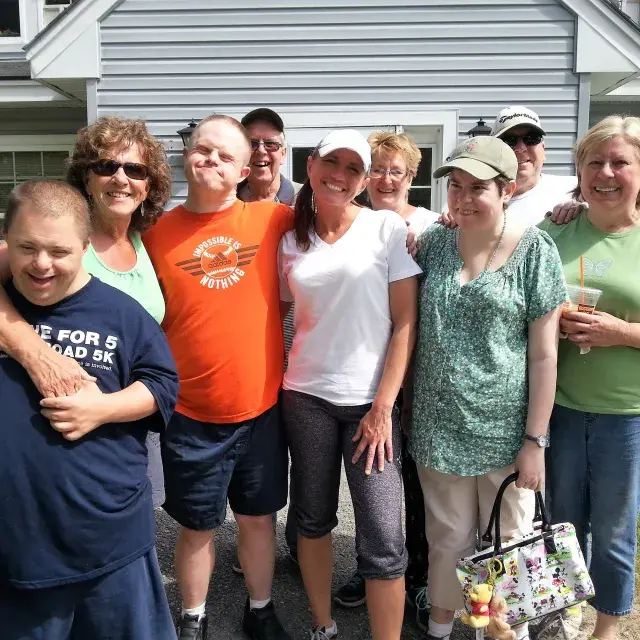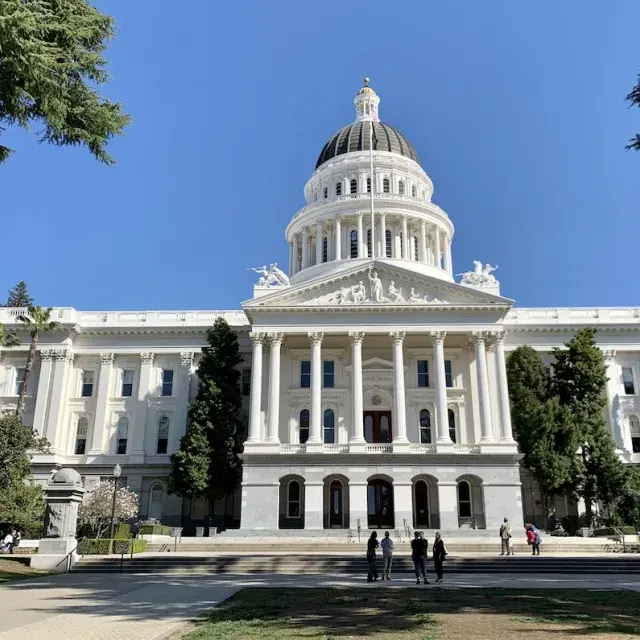This piece is part of our series, Policy Actions for Racial Equity (PARE), which explores the many ways housing policies contribute to racial disparities in our country.
April is Fair Housing month, and 2023 marks 55 years since the Fair Housing Act was signed.
To commemorate the anniversary of Title VII of the 1968 Civil Rights Act – the Fair Housing Act’s official name – President Biden recently lauded the Act’s goal of ensuring “that all people in America have the right to obtain the housing of their choice, free from discrimination,” while acknowledging that “we have far to go to meet [the Act’s] full promise.”
In our 2021 blog, A Primer on the Fair Housing Act, we focused on two unfulfilled pieces of the Fair Housing Act that are crucial in the effort to reduce racial segregation and discrimination:
- Setting a standard for evaluating housing practices that are “facially neutral” but still produce disparate effects for protected classes covered by the Fair Housing Act.
- Implementing processes for public entities to “affirmatively further” fair housing and undo the effects of prior discriminatory policies.
In the past two years, however, the Biden Administration has made progress on both fronts, moving closer than ever before to realizing the original goal of the Fair Housing Act. The administration has taken steps not solely to implement the Act as it was intended but also to advance racial equity in housing and related outcomes.
The Discriminatory Effects Standard
In March, HUD officially submitted a final rule to codify decades of legal precedent and establish a consistent framework for evaluating claims made under the Fair Housing Act. The rule will go into effect on the first of May this year.
The rule, originally proposed by HUD in 2013, requires defendants to show why a practice was necessary to meet legitimate business objectives that could not otherwise be accomplished through other, non-discriminatory means. In 2020, however, HUD issued a new rule that, among other changes, shifted that burden of proof onto claimants while adding protections and reducing penalties for defendants. Subsequent legal challenges prevented the 2020 rule from ever going into effect, and in early 2021 the White House announced it would seek to reinstate the 2013 rule.
In June 2021, HUD officially proposed to reinstate the 2013 rule through the submission of a proposed rule, “Reinstatement of HUD’s Discriminatory Effects Standard.” The agency received more than 10,000 public comments in response to the proposed rule ranging from concerns about clarity to general opposition. Most comments, however, were in support of the proposed rule and its breadth and burden-shifting framework for disparate impact claims.
The Affirmatively Furthering Fair Housing Rule
The second provision of the Fair Housing Act yet to be implemented is the mandate to “affirmatively further” fair housing by actively working to reduce disparities in housing outcomes caused by past policies and practices. The original text of the Act did not define how recipients of federal housing funds should accomplish this goal or by what metrics it would be evaluated. Indeed, it took until 2015 for HUD to finally issue the Affirmatively Furthering Fair Housing (AFFH) rule, which for the first time specified what steps states, local governments, and public housing agencies needed to take to acknowledge and address long-standing patterns of segregation and disadvantage. Like the discriminatory effects standard, however, the AFFH rule was also replaced in 2020 with new procedures that weakened the requirements and penalties associated with the 2015 rule; that rule likewise was halted before it could take effect.
Finally, in February of this year, HUD issued a proposed new AFFH rule that retains many of the 2015 rule’s core provisions, while addressing some of the concerns raised and feedback received since then. Specifically, the new AFFH rule simplifies some of the analytical and reporting procedures required of local governments, increases opportunities for community engagement in identifying and addressing fair housing issues, and improves transparency and accountability in efforts to make progress toward fair housing goals. HUD is currently seeking public comments on the proposed rule, which are due by April 24th.
Going Forward
The recent actions by HUD to define the discriminatory effect standard and reestablish an AFFH rule are important and necessary steps on the path to end racial discrimination in housing. But additional work is still needed, including ensuring that sufficient resources and tools are available to enforce these new tenets of fair housing policy. We also need to expand fair housing law to add source of income protections for individuals and households relying on public assistance – who are disproportionately people of color and lower-income families – so that everyone in the U.S. has equal access to the housing of their choice.
We encourage all who believe in creating a just society to read, discuss, and share the PARE blog series as we learn and act to address the impacts of housing policies on racial equity in America. We also invite you to join us in this conversation, by suggesting additional topics and sharing resources for how we can advocate for greater racial equity. If you’d like to offer feedback on our body of work, please reach out to the Public Policy team. You can also check out our blog and subscribe to our daily and bi-weekly policy newsletters for more information on Enterprise’s federal, state, and local policy advocacy and racial equity work.



